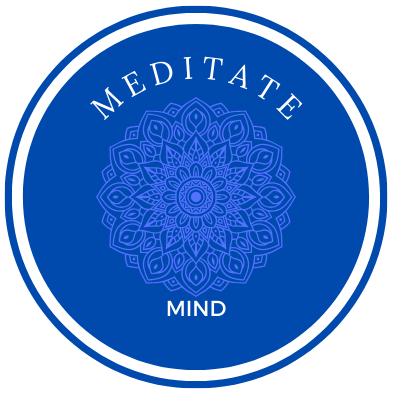
Mindfulness isn’t just about sitting still with your eyes closed; it’s all about being present and experiencing life as it happens. Essentially, mindfulness is paying attention on purpose, tuning in to your thoughts, feelings, and surroundings without judgement. This awareness has incredible benefits, from lowering stress and improving focus to strengthening emotional health and relationships. When you’re mindful, you’re more in control of your reactions, which makes life feel smoother and more enjoyable.
Why Mindfulness is Good for You (and How Science Backs It Up)
The science is clear: mindfulness is a game-changer for your mental and physical health. Practising mindfulness can actually change your brain, enhancing memory, learning, and emotional balance. Plus, it calms the amygdala—the brain’s stress centre—which means a more relaxed you. Mindfulness isn’t about blocking out thoughts; it’s about gently refocusing. Just a few minutes a day can make a difference, whether it’s in easing anxiety, reducing stress, or even making everyday activities like eating and walking more enjoyable.
10 Simple Mindfulness Practices for Beginners
- Breathing exercises: Inhale through the nose for a count of three, hold, and exhale. Start with five minutes daily.
- Body scan: Mentally scan your body from head to toe, noticing areas of tension. It’s great for relaxation.
- Mindful walking: Pay attention to each step, your breath, and the rhythm as you walk.
- Mindful eating: Savour each bite, noticing the textures, flavours, and smells of your food.
- Loving-kindness meditation: Send positive thoughts to yourself and others, fostering compassion.
- Five senses exercise: Notice five things you see, four you feel, three you hear, two you smell, and one you taste.
- Progressive muscle relaxation: Tense and relax different muscle groups to relieve stress.
- Guided visualisation: Imagine a peaceful scene to ease your mind and improve your mood.
- Journaling: Write down thoughts and feelings daily to understand yourself better.
- Mindful listening: Engage fully in conversations, noticing the speaker’s words, tone, and body language.
Bringing Mindfulness into Your Daily Life
Making mindfulness part of your routine doesn’t have to be time-consuming. Start with just five minutes daily—whether it’s in the morning, during a break, or before bed. Consistency matters more than duration, so find a time that works for you and stick to it. Create a distraction-free zone for your practice, and remember that it doesn’t have to be perfect.
If you’re busy, even short sessions work wonders. Mind drifting? Totally normal! Just bring your focus back gently. Some days will feel easier than others, and that’s all part of the journey.
Keeping It Fun and Flexible
Staying motivated can mean trying new things. Mix up your practice, listen to guided meditations, or join a mindfulness group. Flexibility is key—let mindfulness adapt to your life, not the other way around.
So, whether you’re breathing deeply on a lunch break, mindfully eating a snack, or focusing on one thing at a time, mindfulness can help you feel more grounded and connected each day. Give it a go, and see where this journey takes you!
